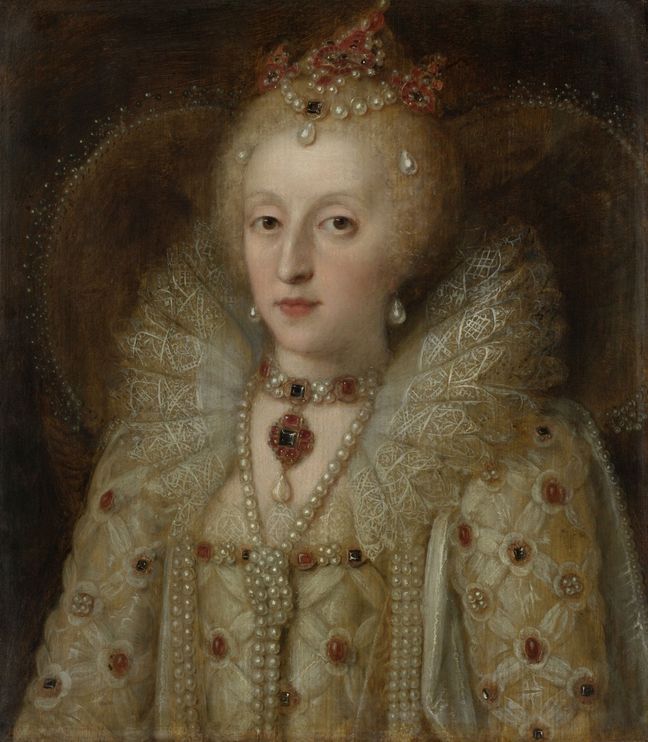
Ailurophobia – the irrational fear of cats – is not very common. However, it would have affected an astonishing number of famous people, from Julius Caesar to Napoleon. If all these cases cannot be verified, some are attested by written records or correspond to moments in history when this phobia was widespread.
In fact, at certain times, ailurophobia is easy to explain: from the end of the Middle Ages to the 18th century, for example, there was nothing surprising or rare about it, when all of Europe was convinced by the church that cats were the incarnation of the devil. They were associated with bad omens, the idea of witchcraft and evil in general, and therefore held little security for ordinary mortals or their rulers.
In the 16th century, widespread ailurophobia
At least this is why the Queen of England Elizabeth I (1533-1603) hated small cats. She had also been brought up to hate the Pope when the Anglican Church gained independence in 1534. At her coronation in January 1559, a dozen cats were enclosed in a wicker effigy of the Pope, which was paraded through the streets of London before being set. on fire. The cats’ howls of pain represented the demons that inhabited the Pope’s body.

At the same time in France the cat had no better press. King Henry III (1551-1589) detested them; when he met a tom, he almost fainted. If he found himself alone in a room with one of them, he would have a nervous breakdown. There is therefore no doubt that the sovereign risks an unfortunate encounter at the castle: cats were simply banished from the court. Only here did it happen that the king moved, and it seemed inevitable that he crossed paths with stray cats. To limit the risks and to reassure himself, Henri III ordered his men-of-war to kill all the small felines that were on their way; it is estimated that 30,000 of them died this way during his 15-year reign.
Napoleon, Hitler or Caesar, part of the legend?
As for Napoleon Bonaparte (1769-1821), his ailurophobia is far from confirmed, although it is often mentioned. What we do know for sure is that he didn’t have much respect for tomcats or any other pets for that matter. In the French Civil Code, which he promulgated in 1804, cats, dogs and other animals of the same order are legally defined as furniture. It can be read in article 528: “Moveable by nature are animals and bodies that can be transported from one place to another, either because they move by themselves, or because they can only change places under the influence of a force. foreign force. »

Despite this, Napoleon was able to recognize the usefulness of cats, especially during his campaign in Egypt. While his army was tied up by an outbreak of plague in Palestine, the cats that were part of the journey were employed to hunt rats, the main carriers of the disease, in the soldiers’ camps. The operation was a success. We also often talk about the morbid fear of cats by Alexander the Great, Adolf Hitler or Julius Caesar, but no official text refers to it. Perhaps these are just legends or exaggerations.
Find the magazine “Le Monde des Animaux” in newsstands and at monmag.fr (paper and digital versions and subscriptions).

The World of Animals & Nature is a magazine dedicated to wild fauna and flora from around the world. Through captivating stories and sublime photographs, the magazine offers a true visual safari in the heart of nature.